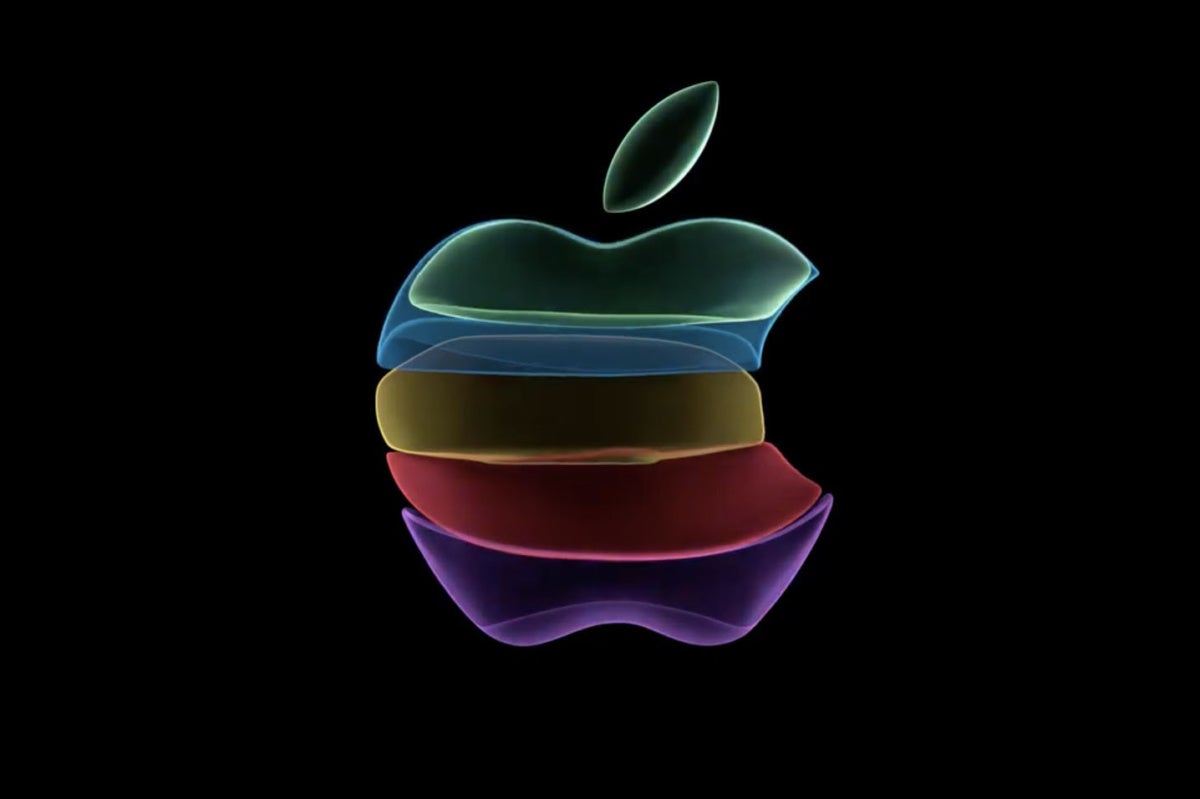
Apple continues to develop its plans for the highly secure location-aware ultra-wideband (UWB) standard and is expected to place its U1 chips inside the iPhone 12 range, next-generation Apple TV and HomePod devices, reports claim.
Why does this matter?
UWB is a spatially aware technology that provides precise location data and also works better through walls than Wi-Fi or Bluetooth.
Apple generated lots of interest when it put the U1 processor inside the iPhone 11, but didn’t have a great deal to share about why it was doing it. It just mentioned a single use with AirDrop.
Since then, it has said it intends using the U1 to support the Car Key feature. Car Key will open your car door as you approach the vehicle and will not require you to pull out your device. It will also start your car.
Apple now also put its U1 chip inside the Apple Watch Series 6, which makes sense given the value of that product for payment and door entry systems. The most recent iPad Air, meanwhile, has something Apple calls “iBeacon microlocation.”
The biggest move to show the future emerged when Apple at WWDC revealed plans to open up the U1 chip to developers with the Nearby Interaction framework for iOS 14.
What does UWB offer?
As I wrote here:
“UWB is a very low-power wireless technology. It transmits data across a wide frequency of bands (from 500MHz up to several gigahertz) at a range of around 100 meters. The use of wide frequency bands means it passes through walls far more reliably than Bluetooth or Wi-Fi can achieve.”
Advantages include:
- Range of 100 meters.
- Accurate to within 10cm.
- Signal can pass through walls and other barriers.
- Supports faster than Bluetooth data transfers.
- Highly secure.
- Resistant to interference and creates little of its own
- Very low power.
- Extensive battery life.
You could argue the chip turns your iPhone into a short-range radar, location-aware device that supports highly secure data.
The standard is already used in industrial implementations in factories and warehouses.
What is Apple planning?
John Prosser, an Apple leaker with a big following, believes:
“HomePod mini and the new Apple TV will both act as UWB base stations.
- Will precisely track your location as you walk inside house with other U1 devices.
- Use info for media controls, brightness/volume controls and door locks.”
These are interesting predictions that suggest Apple sees U1 as a highly secure networking standard to support smart home devices.
They suggest that if you have a HomeKit home, when you walk into that home the U1 chip will inform all your devices who you are, and initiate those devices to enter into your current most desired state: your smart kettle may boil, the thermostat sets itself and your music and lighting will adjust to fit your mood, perhaps.
Prosser suggests that you’ll be alerted in the event any of your U1 devices are moved without permission (i.e., if you are burgled) and track them using Apple’s Find My system.
Apple is thought to be developing a Tile-like AirTags system. These may work in conjunction with UWB to provide precise location of devices using the Find My system.
Where the puck is going
The thing is, UWB isn’t just useful for these tasks, but also comes in useful for identity — it’s not terribly hard to imagine serviced office hubs in post-pandemic neighborhoods accessed using entryless systems based on the standard, or highly secure file-sharing between teams working together in coffee shops.
UWB’s tough security (it’s much harder to crack than Wi-Fi) also makes it a highly effective file-sharing tool if you don’t want to lose data to man-in-the-middle attacks.
Prosser also states:
“Base stations like HomePod mini and Apple TV are a very clever Trojan horse from Apple that will enable AR capabilities in your Find My app within your home. Next level stuff.”
He could be referring to Apple’s Nearby Interaction framework for iOS 14.
This works out where other devices equipped with the same chip, and can support interactive shared experiences become possible.
Apple suggests this might support:
- Multi-user AR experiences.
- Turning devices into games controllers.
- Improving person identification for taxi and ride-sharing apps.
This should also translate into new opportunities for retailers to make use of the chip to create virtual showrooms that can be explored at home; create motion- and position-sensitive virtual user interfaces for cloud applications; and extend space for the development of new (remote) paradigms around corporate and emergency services training, maintenance and tech support.
Of course, where this really seems to lead is toward creating a next-generation ecosystem that can support increasingly personal AR-based virtual experiences.
Please follow me on Twitter, or join me in the AppleHolic’s bar & grill and Apple Discussions groups on MeWe.



